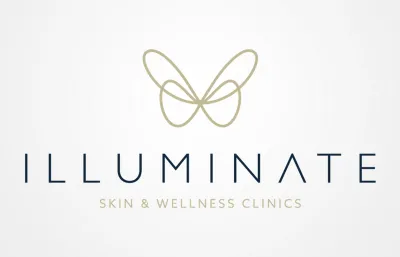Find A Verified Clinic
Trusted Micropigmentation (Medical) Experts, Local to You
Easily connect with qualified, verified professionals for safe, reliable treatment.


Illuminate Skin Clinic
35 Kings Hill Avenue, Kings Hill, West Malling, ME19 4DG
~1.5 miles away
Illuminate Skin Clinic Accreditations:
Explore Clinics Near You on the Map
See exactly where verified Micropigmentation (Medical) clinics are located across Herne Pound.
Zoom in, pan around, and click any marker to view each clinic’s profile, read reviews, and check their credentials before you book.

Your Micropigmentation (Medical) Questions
Real Questions from Real People, Answered
Straightforward answers to the questions people like you are asking right now about Micropigmentation (Medical).

Micropigmentation for Facial Skin Graft after surgery.
Hi I am looking to get micropigmentation on my facial skin graft. I had mandibular flap reconstruction in Feb 2024 due to a cancer diagnosis and have been recovering ever since. Due to the removal of my cancer and after my surgery I have a patch of leg skin grafted to my facial chin area. As this is from my leg it has a white appearance compared to the rest of my face and this needs to be addressed, mocropigmentation might be the answer. I have checked in Ireland and this procedure is not done here so I am happy to travel to the UK to a reputable recommended clinic if advised. Can you please advise, thanks Rory Campbell
To view all the Micropigmentation (Medical) questions, please click here.
Or click here to ask your own question.
Stay Informed with the Latest Aesthetic News & Offers
Join our free newsletter to receive updates on the latest treatments, safety guidance, and exclusive clinic offers near you.
No spam, just expert insights and trusted advice from the UK’s leading aesthetics directory.

